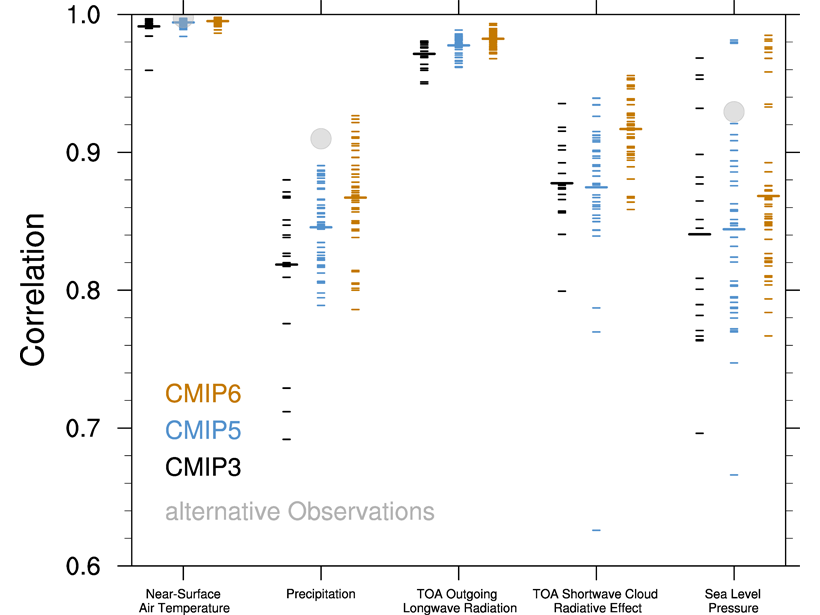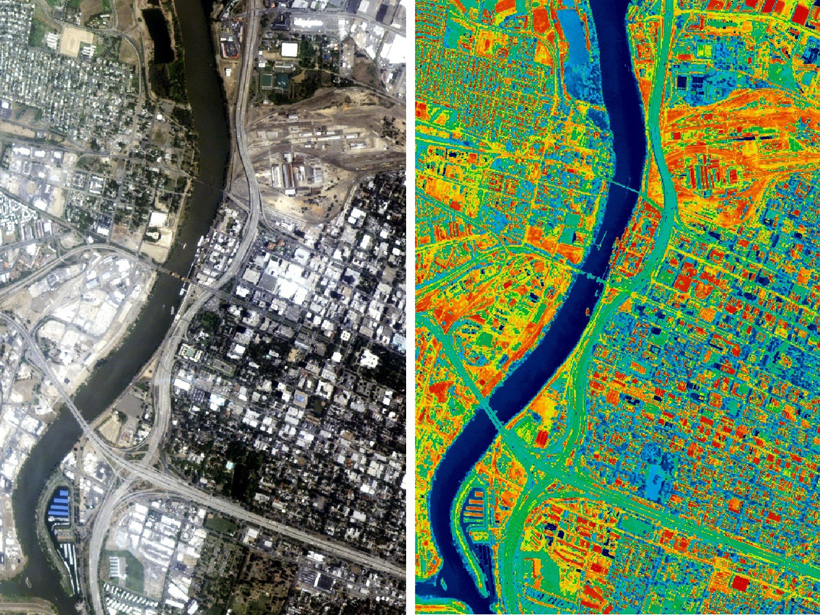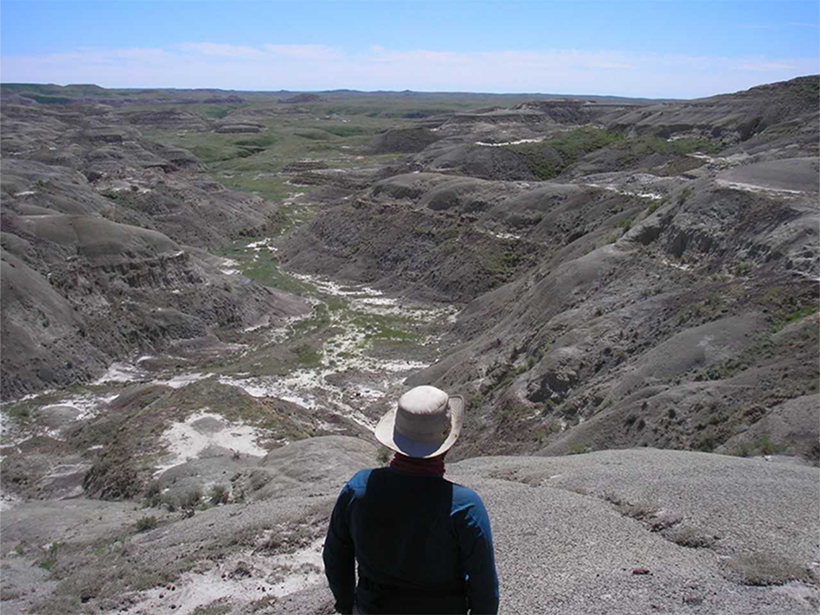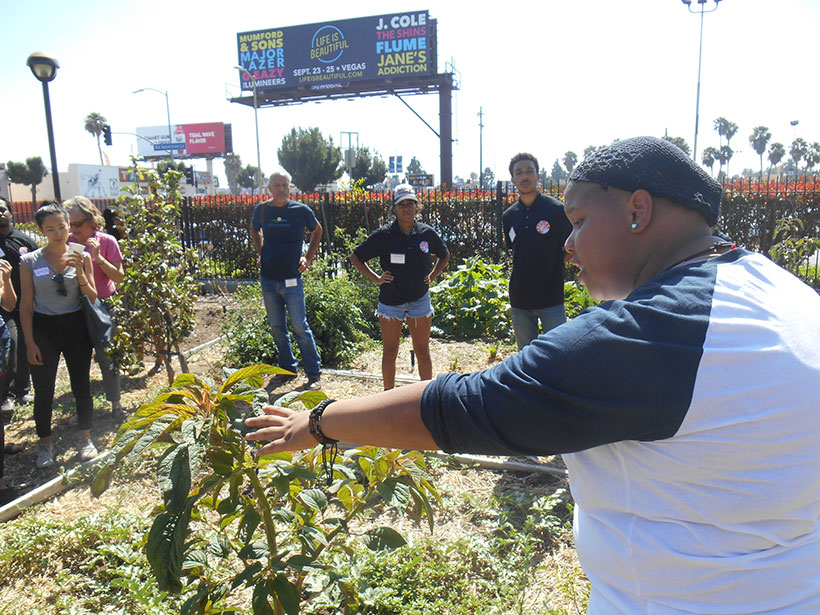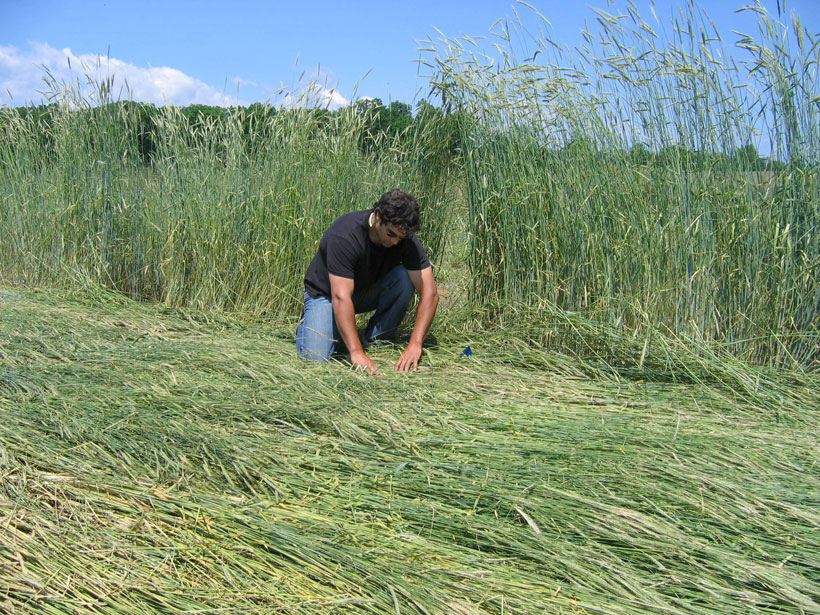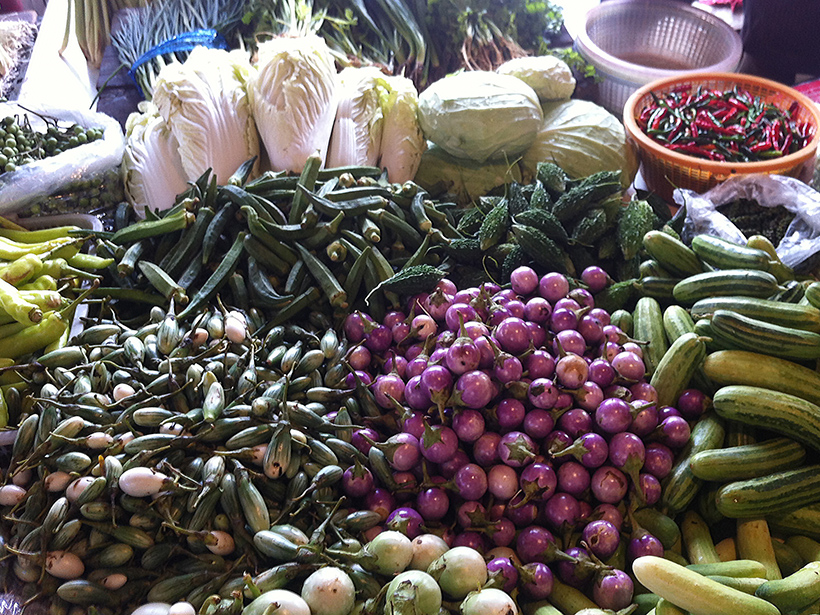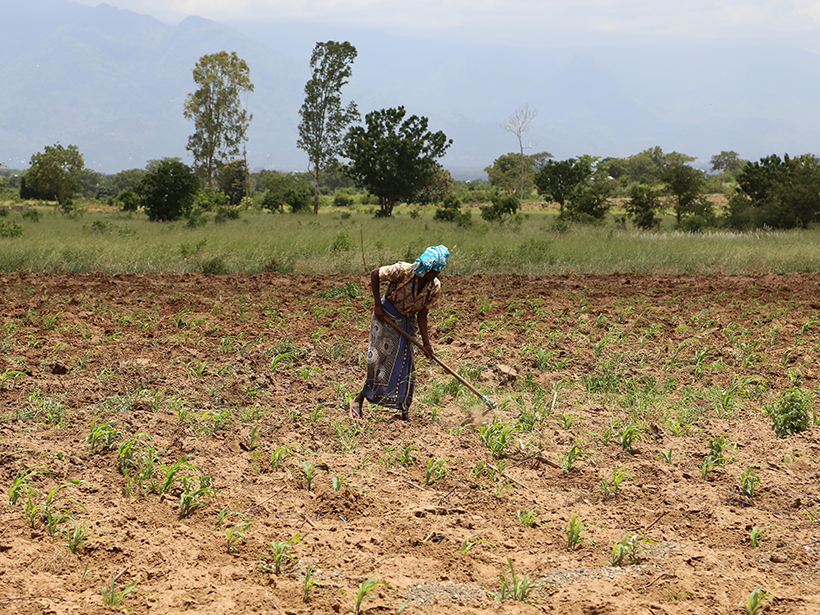The trade-off between tree longevity and life expectancy can mean future carbon uptakes are overestimated in current global climate models.
2021 CC BY-NC-ND
Climate Modeling Progress in the Past 15 Years
An assessment and comparison of the performances of climate models participating in three phases of the Coupled Model Intercomparison Project (CMIP3, CMIP5 and CMIP6).
Modeling Interactions Between Cities and Climate Across Scales
With more than half of humanity living in cities, the ability to model urban-climate interactions at relevant spatial scales is increasingly important.
Terrestrial Plants Flourished After the Cretaceous–Paleogene Extinction
Compounds in ancient plant leaves tell the story of how an extinction event shaped our planet’s ecosystems.
Urban Agriculture Combats Food Insecurity, Builds Community
Innovations in urban agriculture—from creative reuse of stormwater to soil rehabilitation—can help fight food insecurity and prevent further food issues.
Cover Crops, Sensors, and Food Security
Forward-Thinking Ideas for the USDA’s Agriculture Innovation Agenda
Enhancing Food Security Through Earth Science Data
When most agriculture in the world is rural, getting crucial geoscience information to farmers is a technical challenge that a few organizations are just starting to figure out.
Solving Shared Problems at the Food, Energy, and Water Nexus
A 15-year-old partnership among Chinese and U.S. scientists studying challenges in our food, energy, and water systems has revealed that solutions are best achieved through international collaboration.
Sowing Seeds of Food Security in Africa
An innovative program focused on collaboration and capacity building is looking to improve outcomes for smallholder farmers, reduce hunger, and alleviate food insecurity in sub-Saharan Africa.
Tree Rings Reveal How Ancient Forests Were Managed
By analyzing thousands of oak timbers dating from the 4th to 21st centuries, scientists have pinpointed the advent of a forest management practice.


